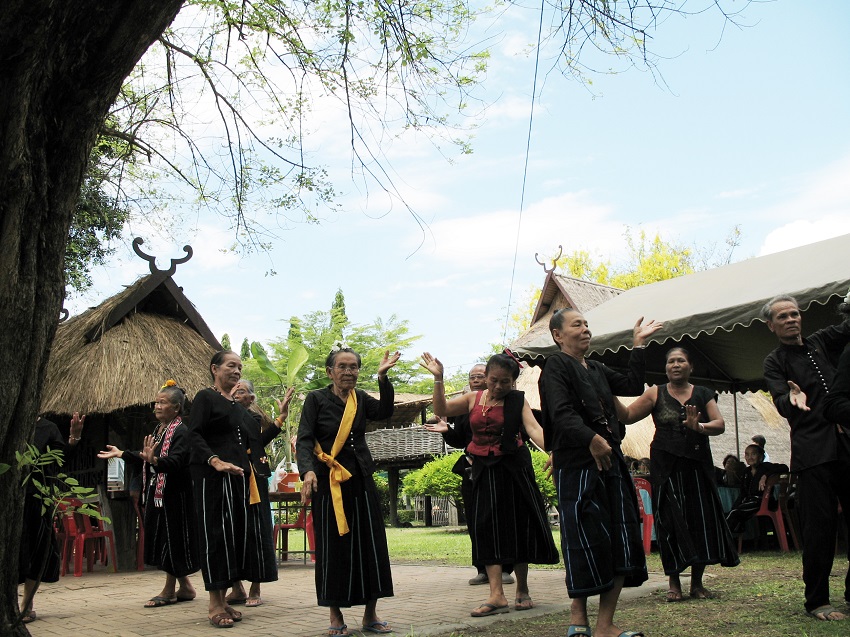Semantic Structure of the Ethnonyms in Isan (Northeastern Thailand)
Keywords:
Semantic structure, EthnonymAbstract
This article aims to study the semantic structure of the ethnonyms of the ethnic groups in the Northeast of Thailand who are locally called Isan of which there are 32 groups. The study scrutinizes the structure of word composition and the meanings of individual words that relate to the term formation. This revealed where each lexeme was originally drawn from and what the term means. The 304 terms were analyzed in this analysis. The results revealed that the structure of a term has two important components, including 1) the “main part” which manifests the core meaning of the term, and 2) “modifiers part” that adds specific attributes to the core meaning of the term. This study also revealed two types of term structures consisting of a “single word” and a “compound word”. Lastly, in terms of the meanings, what constitutes a term can be classified into 12 groups, including 1) the term expression of a group/people, 2) the term indicating “human being,” 3) geographic indicators, 4) the lifestyle of ethnicities, 5) customs and traditions of ethnic groups, 6) specific spoken language characteristic, 7) religion, 8) social class, 9) negative words/insults, 10) status related statement, 11) universal expression, 12) the localities in which the ethnicities live.
References
ภาษาไทย

Downloads
Published
Issue
Section
License
Copyright (c) 2019 Damrong Journal of The Faculty of Archaeology Silpakorn University

This work is licensed under a Creative Commons Attribution-NonCommercial-NoDerivatives 4.0 International License.
บทความนี้เป็นผลงานของข้าพเจ้าแต่เพียงผู้เดียว และ/หรือเป็นผลงานของข้าพเจ้าและผู้ร่วมงาน ตามชื่อที่ระบุในบทความจริง และเป็นผลงานที่มิได้ถูกนำเสนอหรือตีพิมพ์ที่ใดมาก่อน




